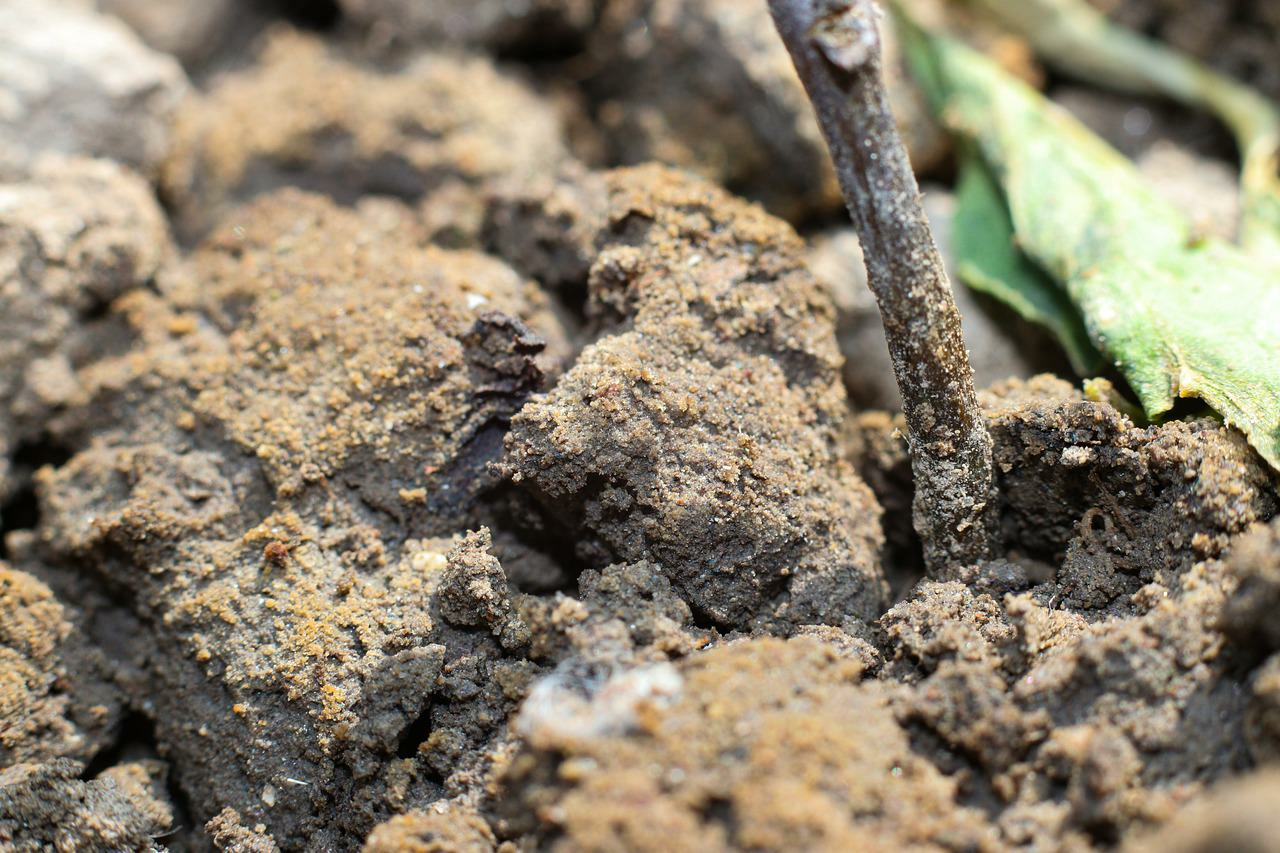Lime the garden floor
Lime is important for soil and plants
To counteract natural and anthropogenic soil acidification, you should regularly lime your garden soil. You can find out how to do this, the dosage and tips on liming here.
Maintenance liming for floor care

To replace the lime in the soil, you should carry out so-called maintenance liming about every 3 years! The aim here is to keep the soil pH in the optimum range so that humus build-up takes place and soil fertility is maintained.
When is the best time?

In the fall or spring, because most limes work slowly. They first have to dissolve in water and weather. It is therefore a good idea to apply the lime in the fall before a period of rain or snow; alternatively in the spring.
How much lime?
- Every 3 years between 100 - 150 g per m2/3.5 - 5.3 fl. oz. per 1.2 yd2 depending on the type of soil
- clay soils need much more lime than sandy soils (exact dosage is on the packaging)
How to apply lime?
- Apply to dry soil; work in well and water if necessary
- Do not inhale lime
- Do not apply directly to plant parts as this can cause burns
- In the case of clay soils, possibly two applications spread over the year
Our tip:
Be sure to wait two or better three weeks before fertilizing after liming. Otherwise the effect of fertilizers containing nitrogen in particular will be weakened.
Ngo Minh Tuan on Pixabay

